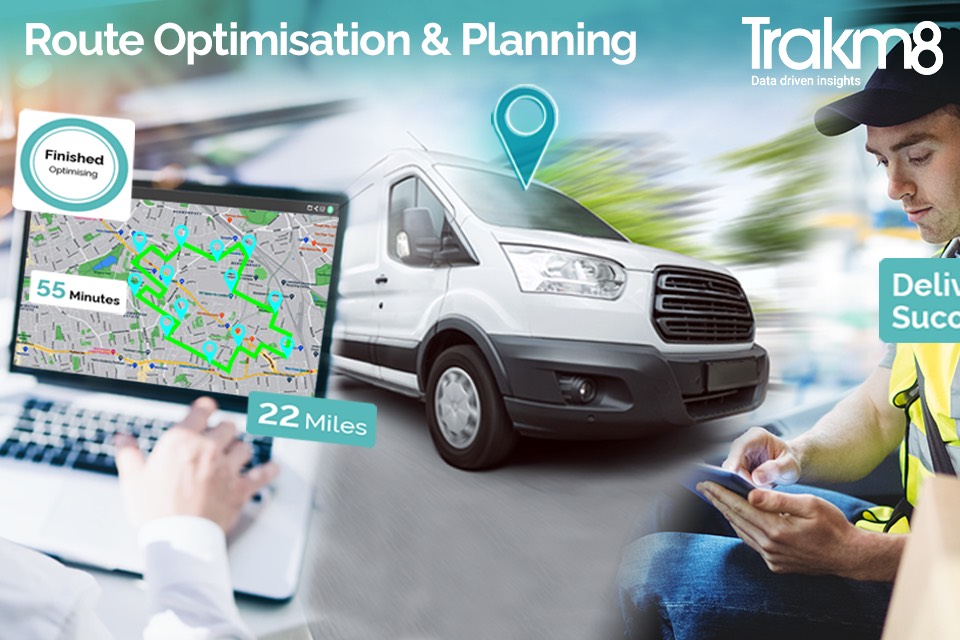CASE STUDY: Trimble continues to support on-going HS2 project

There is no question that HS2 is the biggest construction project in the UK, including 32 miles of tunnels, 50 major viaducts, including 11 viaducts just for the delta junction north of Interchange station. In the midst of all this activity, it is easy to overlook the fact that most of these sites would be […]
FLEET SOFTWARE MONTH: Why vendor financial models matter for route planning viability

Most distribution companies keep their route planning solution for 15 – 20 years before replacing it. Today, more so than ever before, within that timeframe businesses, industries, economies and technologies undergo significant change. Distribution business models need to ensure they change in step, which in turn means their route planning solutions need to evolve and […]
How distributors can improve fleet performance through route planning optimisation

By Chris Jones – EVP, Descartes Systems Group Effective fleet performance is essential for distributors and can have significant financial and competitive implications – both positively and negatively – depending on how it is carried out. Route planning is among the essential elements in that performance. And while distributors inherently understand this, experience shows that fleet […]
Route Optimisation & Planning: Unlock your fleet’s productivity potential

By Trakm8 Finding the most efficient route from A to B is an easy task. But multiply that by hundreds of destinations, vehicles and deliveries, and you have a big job on your hands. For fleet managers, the result is a time-intensive route plan leaving potential productivity, fuel and carbon efficiency gains by the wayside. […]


